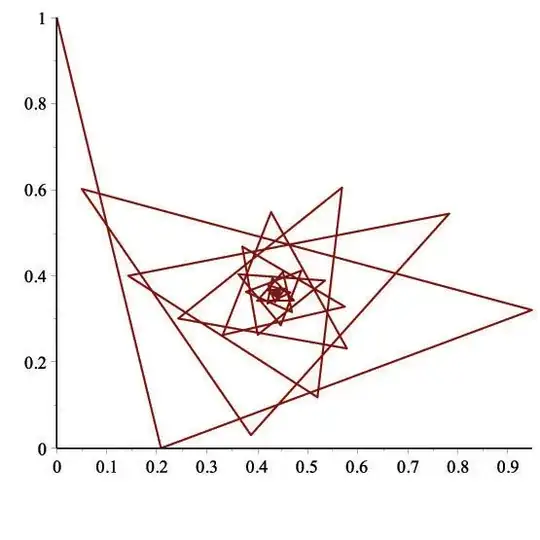For $x \in \Bbb C$, let $f(x)=i^x = \exp(i\pi x)$, where $i^2=-1$. Then find the fixed points for $f$.
EDIT: Let for all $n\geq 1$ $$\large a_n=\underbrace{i^{i^{\cdots i}}}_{\text{$n$ times}}$$
My question is, does the sequence of tetrations $\{a_n\}_{n\geq1}$ converge to some complex number? If yes, then what is it?
